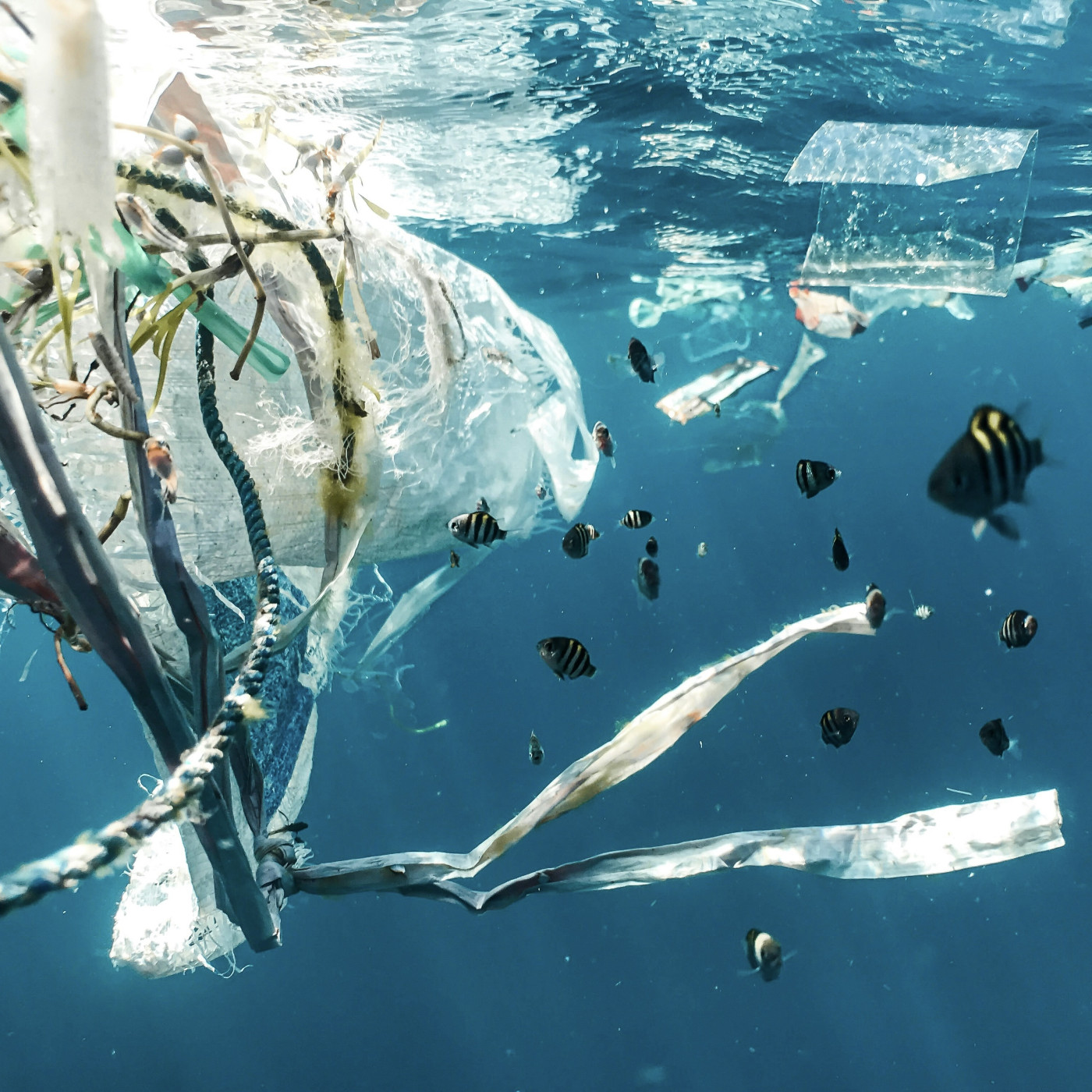Written by Lauren James Budhu
Did you know that oceans cover 70 percent of the Earth’s surface? They contain about 324 million cubic miles of water, more than 97 percent of all the water on the Earth. There is no doubt that the oceans are so important for so many reasons, but unfortunately, they are being threatened at an alarming rate by pollution.
Do you think you recycled that water bottle with the cap or package your child’s toy came in? More than likely, it has ended up either in a landfill or the great big ocean. In fact, according to National Geographic, 5.25 trillion pieces have been found with 260,000 tons floating on the surface and 4 billion plastic microfibers per square kilometer of litter in the deep sea.
According to the National Oceanic and Atmospheric Administration (NOAA), the most common debris items found in the ocean include cigarettes, plastic bags, beverage cans, straws, stirrers, and more. By 2050, they predict that there will be more plastic in our oceans than fish. Luckily, scientists have been working to create technological solutions that will help clean up our oceans and hopefully resolve this important issue. These include:
- System 001: This 62-mile barrier targets plastic debris, microplastics, and ghost nets from the gyres, also known as the Great Pacific Garbage Patch. Created by Boyan Slat, CEO of The Ocean Cleanup, the innovative design cleans up 80,000 tons of garbage between Hawaii and California. Ultimately, the goal is to preserve the natural environment by capturing plastic before it degrades into microplastics using a slow-moving design that moves with the ocean’s currents to collect plastic and keep it contained.
- Seabin 5V: Seabin V5, created by the Seabin Project, is aimed at gathering floating trash located in areas with calm water, like marinas and harbors. Crafted from recyclable materials, this vacuum-like design pumps water into the filter bag located inside the device. Water is then pumped back into the surrounding area.
- Mr. Trash Wheel: Mr. Trash Wheel, created by Clearwater Mills, LLC, is an innovative water wheel that captures trash in rivers, streams, and harbors and turns it into electricity. It can clean up 38,000 pounds of trash daily and has prevented 1.6 million pounds of debris from entering the ocean so far!
So, how can you help save our oceans? Although there are many large-scale solutions for ocean cleanups, there are also simple ways that people can do their part:
- Switch to plastic-free alternatives: Stop using single-use plastics and adopt eco-friendly alternatives like reusable grocery bags, glass coffee cups, etc.
- Avoid ocean-harming products: Many cosmetic products have harmful and toxic chemicals that cause damage to our oceans. For example, marine-toxic chemicals, like oxybenzone and octinoxate, are found in most sunscreens. Any ingredients affecting our marine life can be washed off when swimming in the sea or during a shower and passed out into sewage, eventually reaching the ocean.
- Reduce your carbon footprint: The amount of carbon dioxide emitted into the atmosphere has increased over time and has made our oceans more acidic. To reduce your carbon footprint, you can try simple things like riding a bike or walking instead of using a car or avoid using your thermostat during cold months.
- Get out and vote! Elect public officials and vote on policies that support and protect marine life. Educate yourself to make an informed decision and exercise your right to vote.
- Pick up your trash: Do your part by making sure you collect all of your trash before you leave a place like the beach, lake, or park. Maybe even pick up the trash left behind by those around you. Although it’s not your responsibility, picking up garbage left by others is a small tactic with a great impact.
With today’s technology and a collective effort to make more sustainable choices, we can all come together to help our ocean life. Here’s to protecting one of our most precious resources: our oceans!


















